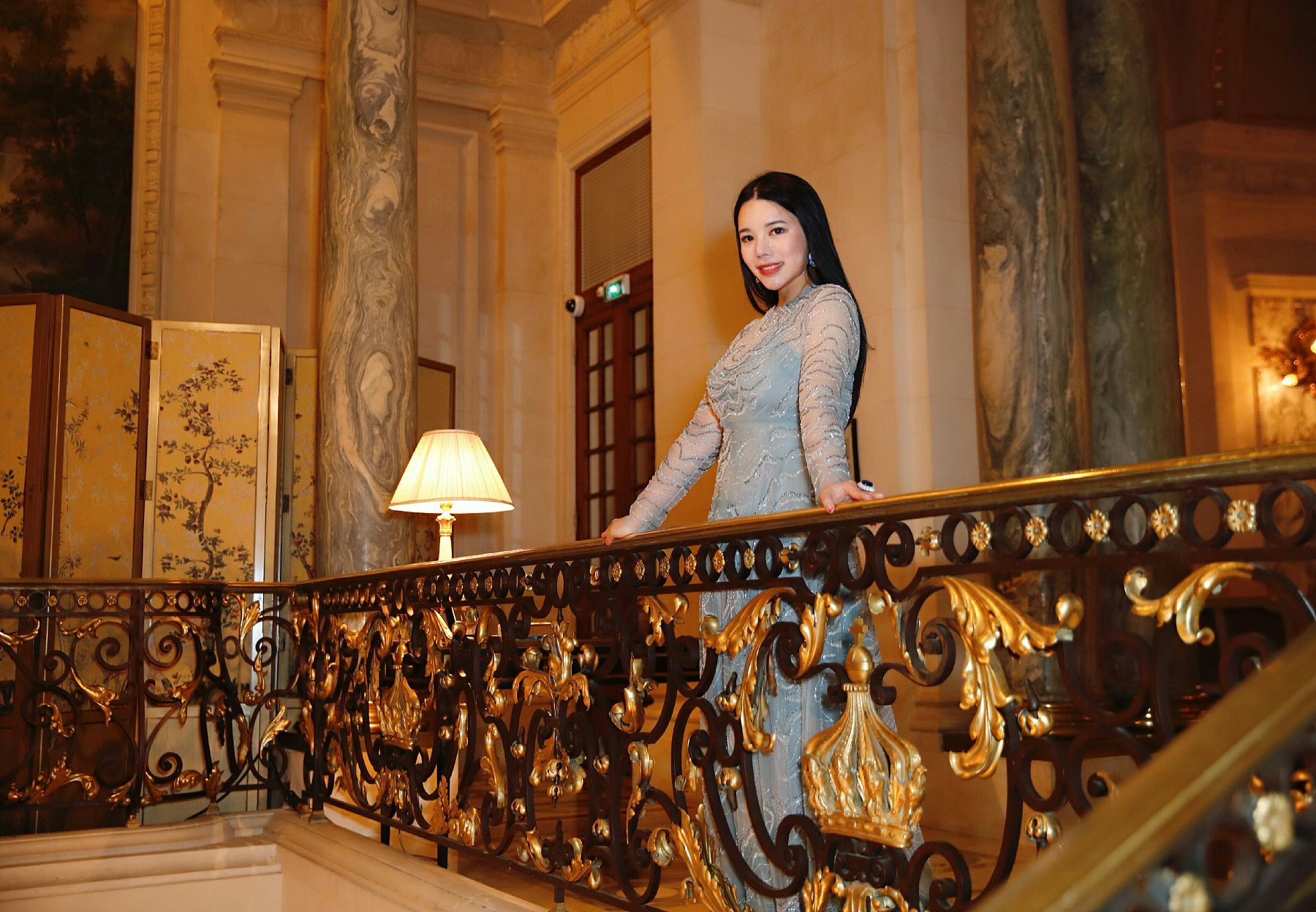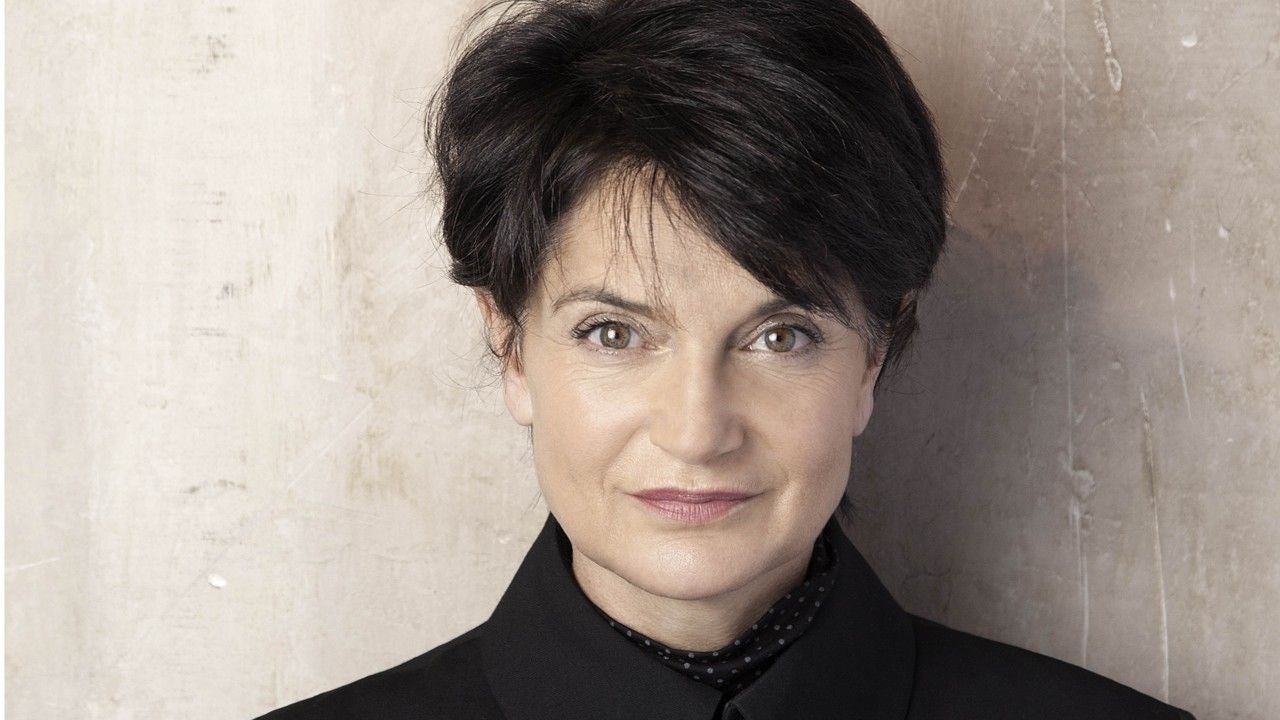Amid the plethora of brands showcasing their collections at New York Fashion Week last September, Tmall’s “China Day” offered shoppers, buyers, and investors a chance to purchase emerging Chinese labels Particle Fever and Angela Chen. This is the e-commerce giant’s second season at NYFW and part of its plan to expand Chinese labels’ global reach through designer-buyer and e-commerce collaborations.
Chinese investors are also ramping up their acquisitions of international luxury brands following a lull during Beijing’s clampdown on investment flows.
Fosun became a majority stakeholder in flailing French luxury lingerie brand Wolford this year for a whopping €55 million (US63.1 million). The Chinese luxury conglomerate, which also owns French leisure group Club Med, has bought a controlling share in France’s oldest couture label, Lanvin. Fosun also holds stakes in high-end Italian menswear label Caruso and US knitwear firm St. John Knits.
The firm’s procurements are rivaled only by mainland Chinese textile and apparel producer Shandong Ruyi Group which claimed a controlling share in Bally. The Swiss luxury brand joins an impressive international portfolio that includes French fashion group SMCP and British trenchcoat maker Aquascutum.
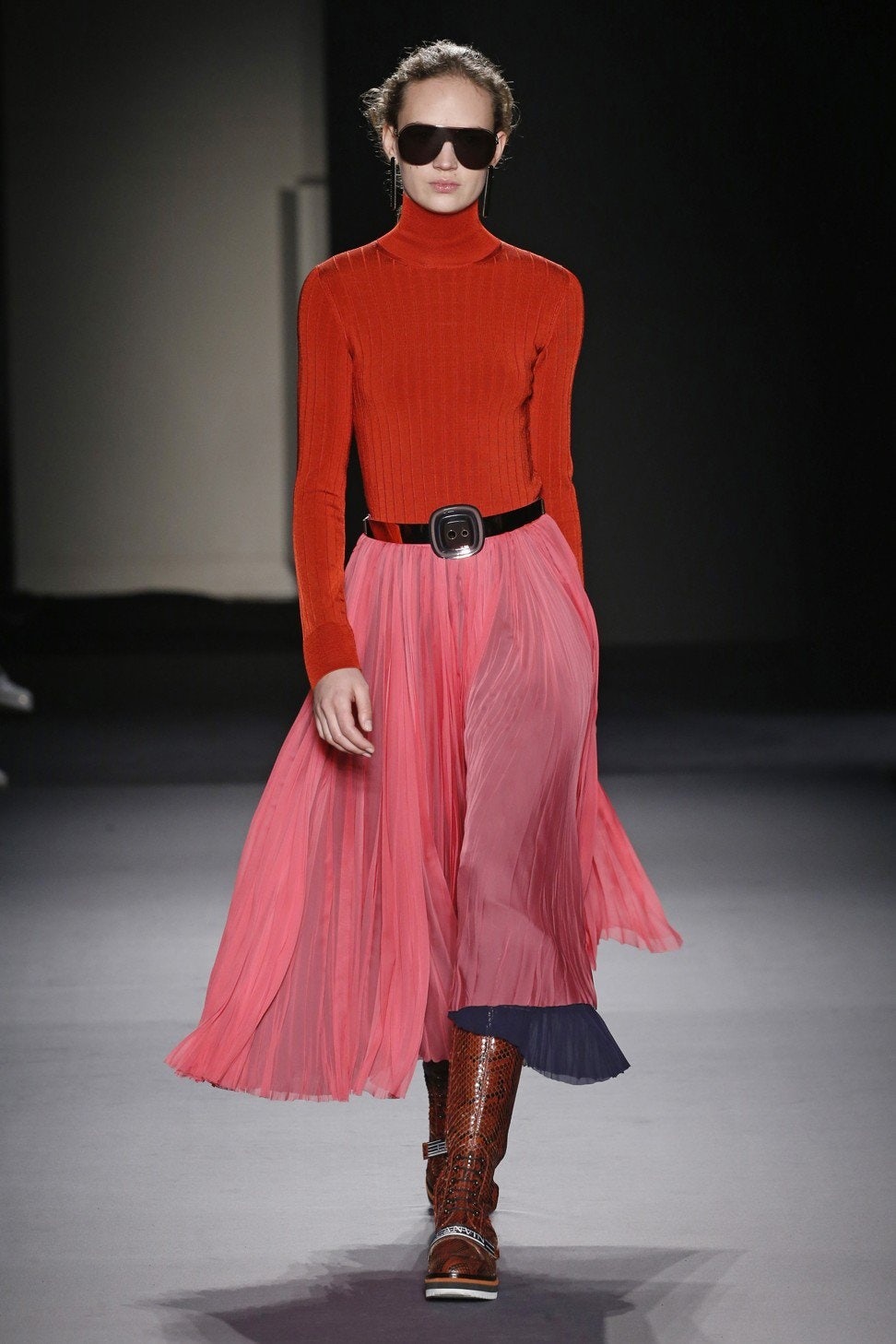
Chinese conglomerate Gansu Gangtai Holding has taken an 85 percent stake in the high jewelry Italian house Buccellati. Some of the most prestigious luxury brands in the world today derive a significant share of their revenue from the Asia-Pacific, with the greatest share in China.
With a rise in discretionary income and a burgeoning middle class, China is reaffirming its grip on the global fashion market. Walkthechat’s latest China Luxury Report says Chinese shoppers represent 32 percent of the global luxury industry. This is expected to rise to 44 percent in 2020. China’s mounting economic power is also reflected in other fashion areas, with Chinese models making up a chunk of the international runways and local bloggers and influencers occupying the front row at Milan and Paris fashion weeks.
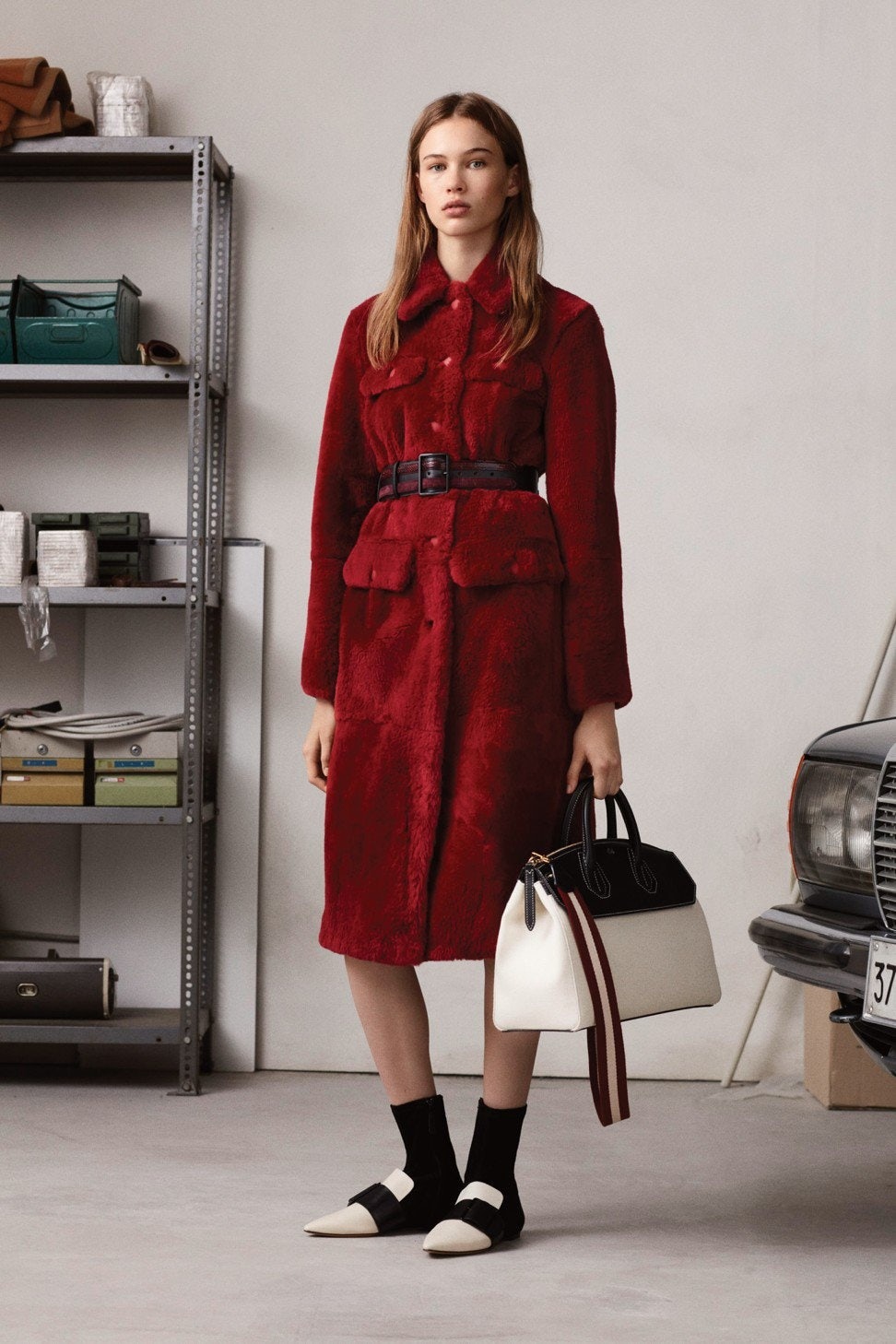
With many heritage European and American luxury brands mired in a slump, the world’s second-largest economy offers hope for financial recovery. Little wonder brands want to charm that consumer base. While this influx of money has helped boost the luxury market in China, there are other factors at play encouraging local investors’ interest in heritage European and American brands.
Chinese consumers accounted for roughly 10 percent of the world’s luxury goods market in 2010. Today, Chinese millennials are well-traveled, affluent and have a taste for the arts that goes beyond an ostentatious show of wealth. Investors are taking note.
Wendy Yu, chief executive at Hong Kong-based Yu Holdings, who has acquired a majority stake in London-based womenswear label Mary Katrantzou, believes that customers now care much more about art and culture than before. “Our generation is influenced by art and culture. With so many new exhibitions in China, I’ve noticed it’s no longer about Louis Vuitton, or Dior or any of these brands. The pursuit of art and culture has become more authentic rather than just a status thing. That’s the current trend and I look forward to enhancing it.”
The Chinese heiress-turned-investor credits her decision to invest in the Katrantzou brand to an extremely aware consumer base.
Daniela Riccardi, CEO of French crystal maker Baccarat, which was bought by China’s Fortune Fountain Capital (FFC), echoes similar views and attributes the success of her brand to the “cultured” shopper. “I’ve worked in China before. I’ve been here for five years. I think one of the things that pleases me is that the Chinese luxury consumer is becoming more sophisticated. I don’t think people just buy our products because they’re expensive or they want to show off. They appreciate the heritage and history in every single item,” she says.
“The customer is more educated and since we’ve been here, they’ve become interested in knowing more about us. They want to actually learn the process that goes behind creating handmade crystal because they want to understand the work that went into it.”
However, challenges remain. International brands with a potential for commercial appeal are more likely to prosper than niche brands. “I once posted nine designs by Mary [Katrantzou] online and the one that received the most positive feedback was the one that was most elegant. That was a big surprise for Mary because she is known for her 3D prints,” Yu says. “You can keep your brand’s DNA but you have to tailor that to the Chinese market to make it subtle, more wearable and more elegant.”
She says that while similar adjustments have been made in cosmetics and beauty, it is even more important for those in clothing to have that perspective. “Mary’s collaborations with Adidas, Moncler, and Topshop showed her potential to be a commercially successful designer. She was trained to be an architect so I was also looking to see if she had the potential to expand into the lifestyle section because my family business is within the lifestyle sector. It definitely adds value.”
Yu also looks at the chemistry with the designer. “To me, a fashion investment is more strategic than financial. Investing in an independent brand is like investing in that designer so it’s why chemistry is really important,” she says.
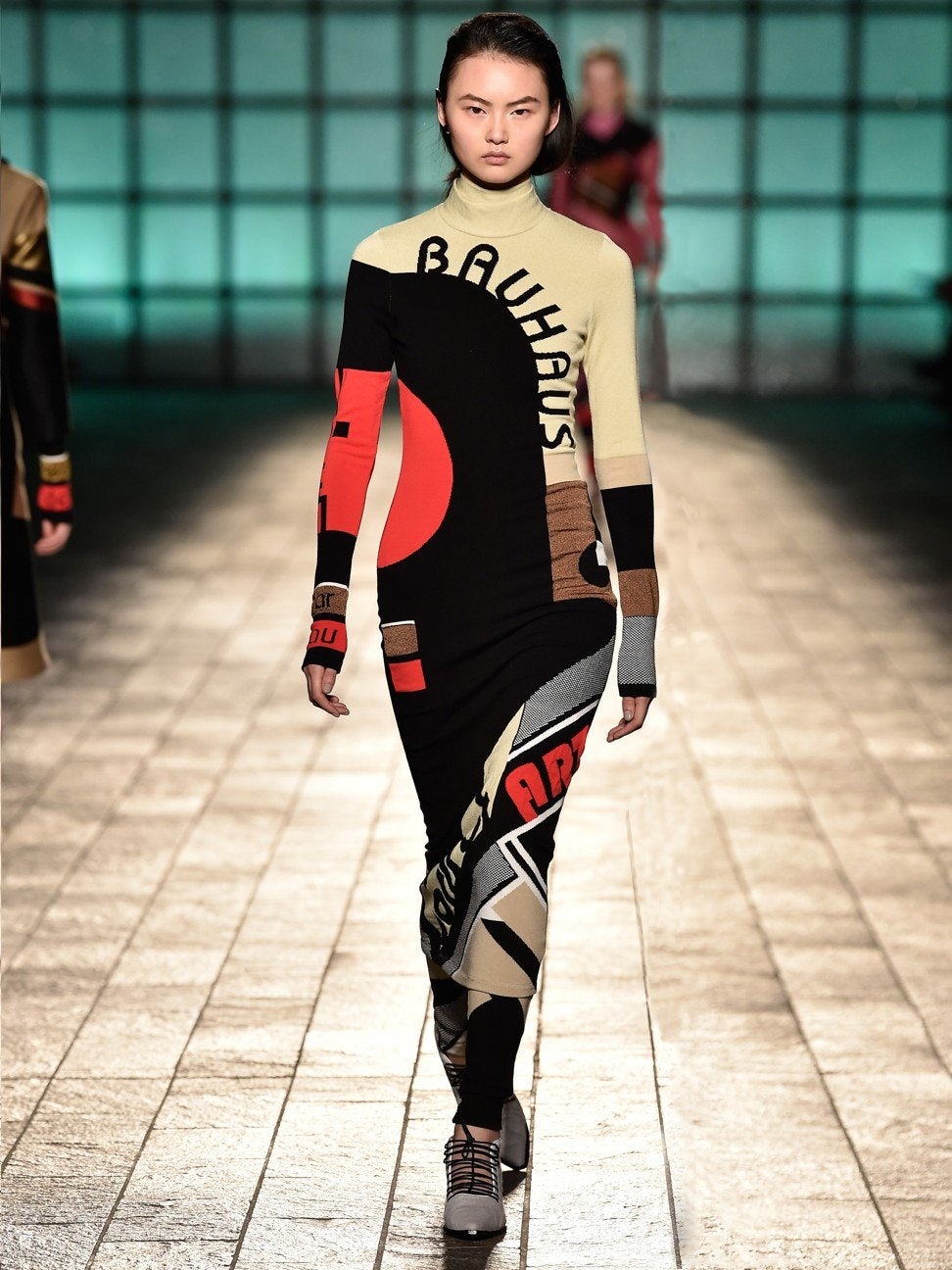
Another key concern for brands looking to break into China is finding the right partner or investor. Social media strategies, e-commerce platforms and buying patterns differ widely from the rest of the world and remain tricky for many international labels.
Riccardi says she is grateful for FFC’s wide reach within the country and how instrumental it was in helping to navigate through the market. “FFC’s connections are helpful. They have a family office that’s connected to a number of wealthy individuals. They cannot only help us with the logistical side of things, but also guide us in terms of communicating with potential Chinese clients.”
Yu says that all this has created a “win-win” situation where struggling international brands get a financial boost along with an easy in and Chinese customers have better access to independent and cult labels.
“European brands don’t necessarily know about the Chinese market so they need a Chinese investor or partner to help them navigate it and give them financial support as well as strategic advice. As a consumer, business partner and friend, I was very honest in my views about what the real consumers of Mary Katrantzou in China would love. I helped her create a special collection for the market here and introduced her to potential business partners, and the appropriate e-commerce platforms where she could stock,” she says.
While luxury acquisitions by local investors are helpful, these large-scale investments also strengthen the country’s capital control overseas. The impact will become clearer on the runways and in stores in the coming years.
Luxury is the one sector in China that continues to flourish, making it an active global force.
This post originally appeared on South China Morning Post Style Magazine, our content partner.

